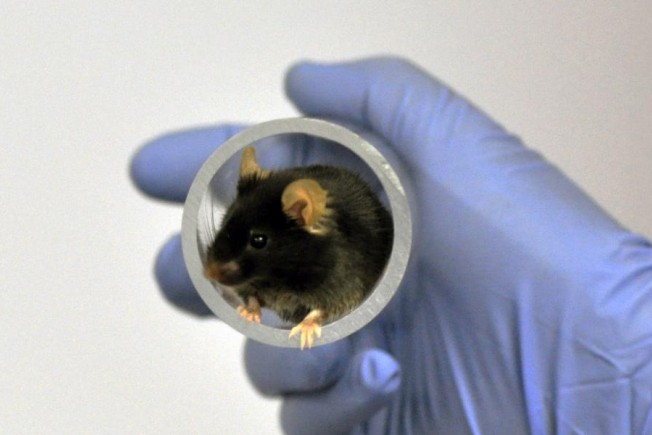Why are there concerns about animal research?

Surveys of public attitudes to animal research show people are concerned about animal research and want to know more about what it involves.
According to a 2018 report by Ipsos MORI, around one in four people in the UK think animal research should be banned altogether, while two-thirds believe animal research is acceptable, provided the animals don’t suffer unnecessarily, the research is for medical purposes and there is no alternative. Three-fifths of people are interested in knowing what scientists do to replace, reduce and refine the use of animals, and about three in four think more work should be done to find alternatives to animal research.
Animal research has scientific limitations. Animals are often used to model what happens in humans, but evidence suggests that these studies are not always informative. For example, a potential drug may work effectively at reducing the size of a tumour in mice, but fail when tested on humans in clinical trials – this means a lot of wasted time, money and animals. Experiments involving animal research are not always designed in the best way, so their results may be misleading. While this is true of any type of experiment, it is a particular concern within animal research.
The lifetime experience of an animal – such as their cage environment or the way they are handled – affects their welfare, which in turn impacts the reliability of scientific findings. For example, research partly funded by the NC3Rs has shown mice handled with cupped hands or a tunnel rather than being picked up by the tail are less anxious, including when they subsequently undergo different procedures.
What legislation exists to regulate animal research?
The Home Office is responsible for licensing animal research in the UK. The Animals (Scientific Procedures) Act 1986 specifies that the pain and suffering caused in scientific procedures on animals should be kept to a minimum. Five categories for the severity of a procedure are defined within legislation:
- Sub-threshold: the procedure causes less pain, suffering, distress or lasting harm than caused by inserting a hypodermic needle according to good veterinary practice.
- Non-recovery (under general anaesthesia): the entire procedure is carried out under general anaesthesia from which the animal will not recover.
- Mild: any pain or suffering experienced by the animal was minor enough that the animal returns to its normal state within a short period of time.
- Moderate: the procedure caused a significant disturbance to an animal’s normal state that was not life threatening – this includes most surgical procedures carried out under general anaesthesia with good post-operative care.
- Severe: the procedure caused a major departure from the animal’s usual state of health and wellbeing – this includes long-term studies of disease progression that lead to animals needing assistance with normal activities such as feeding and drinking.
If an experiment falls outside these categories it will not be permitted to take place and a license won’t be given. Researchers are also required to intervene and provide pain relief where appropriate. According to the 2023 Statistics of scientific procedures on living animals in Great Britain report, 97% of all experimental procedures were assessed as sub-threshold, non-recovery, mild or moderate in severity.
